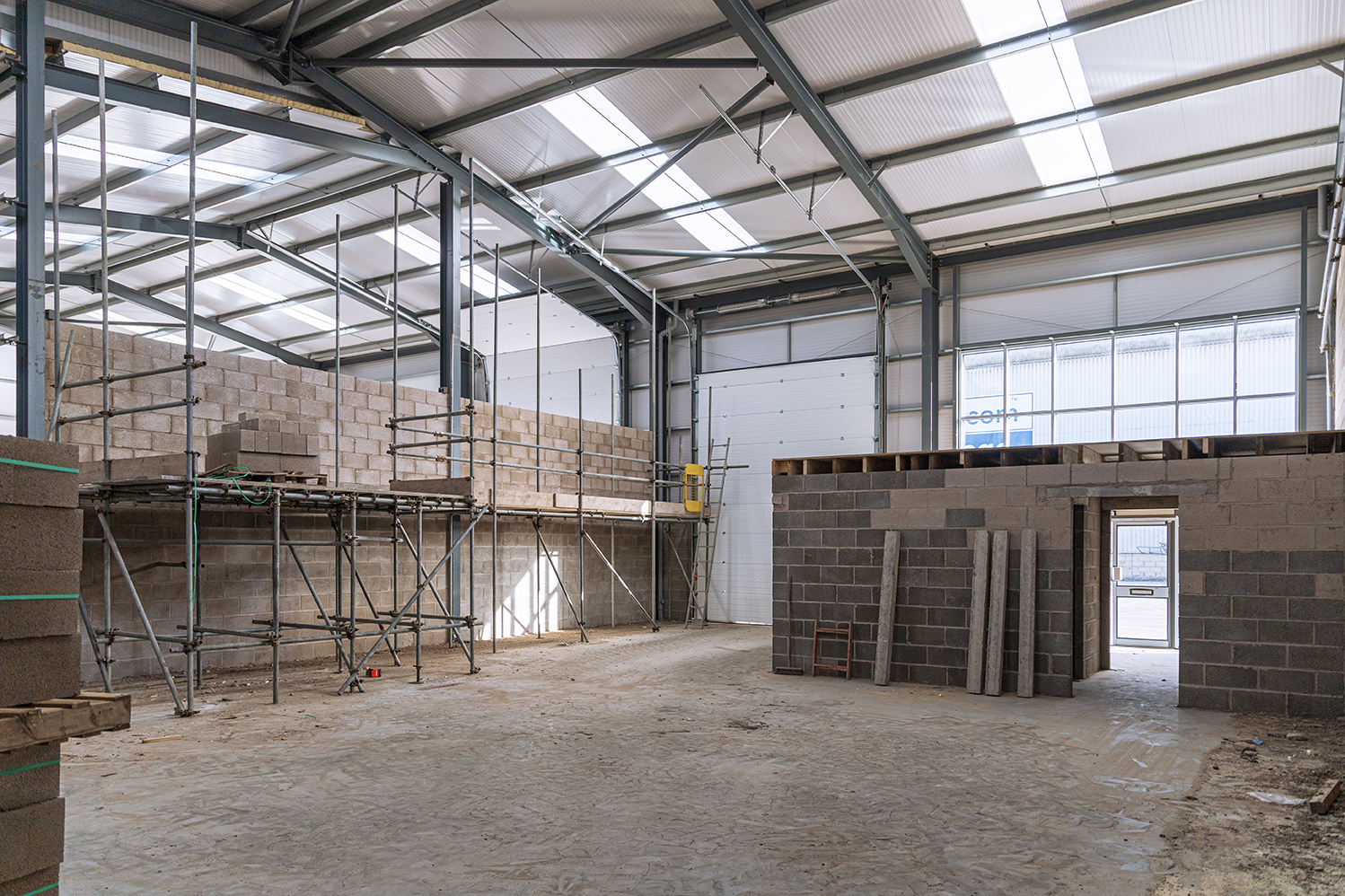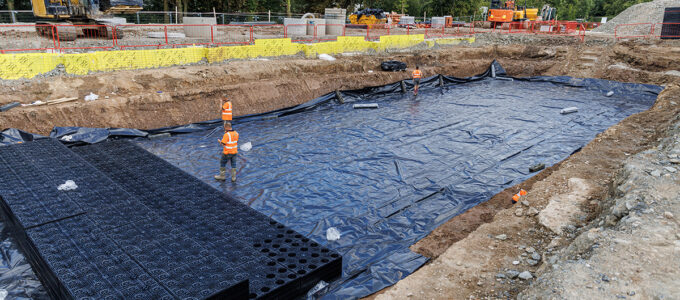Bridging Loan Exit Strategies
Why They Matter and How to Get Them Right

Which Is Right for Your Property Project?
When planning a property deal, one of the first questions investors and developers ask is: “Should I use a bridging loan or development finance?” Both are short-term funding options, but they work in very different ways. Choosing the right one can be the difference between a smooth project and a costly delay.
At LendFirst, we are experts in both bridging loans and short-term commercial finance. Here’s a simple breakdown of how the two products compare, when to use each, and the key things you need to consider. You can trust our advice to guide you in the right direction for your project.
A bridging loan is a short-term loan (usually 3–18 months) designed to “bridge the gap” until a longer-term solution is in place. It’s often used for:
Bridging loans are fast, flexible, and based primarily on the value of the property and your exit strategy, which is your plan for repaying the loan. They are a popular choice for landlords, investors, and brokers who need certainty under pressure.
Development finance is a specialist type of loan designed for construction or heavy refurbishment projects. Unlike a bridging loan (where funds are released in one lump sum), development finance is drawn down in stages, known as “tranches.” This ensures money is released as the build progresses.
Common uses include:
Because development finance is more complex, it usually takes longer to arrange than a bridging loan. Lenders will assess the Gross Development Value (GDV), which is the value of the property once the development is complete, the construction schedule, and the borrower’s experience before approving funds.
Both options fund property projects — but they work in different ways.
Bridging loans are short-term.
Development finance suits bigger projects.
At LendFirst, we assess every project carefully; looking at your build plan, GDV, and experience to match you with the right funding.
Use a bridging loan if you need fast funds to secure a property, refinance, or carry out light works before moving to longer-term finance.
Choose development finance if your project involves structural works, ground-up construction, or requires staged funding tied to the progress of the build.
In some cases, a project may even need both. For example, a bridging loan to acquire the site quickly, followed by development finance to fund the build.
At LendFirst, we take a flexible, case-by-case approach. Whether you need a bridging loan for a quick purchase or development finance for a larger project, we’ll structure the funding around your goals and timeline. With loan sizes ranging from £50,000 to £5 million and direct access to decision-makers, we empower clients to make informed financial decisions for their projects.
Not sure which product is right for you? Speak to our team today or get a quote online to explore your options.


Why They Matter and How to Get Them Right

How Long Does a Bridging Loan Take to Complete?

Which Is Right for Your Project?